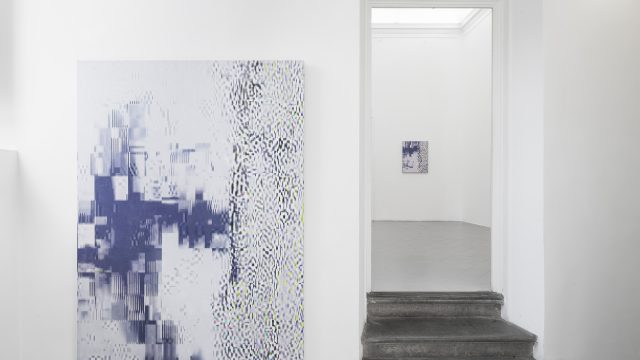Sprüth Magers is delighted to present Frank Stella’s first solo exhibition at the gallery with works from his Polish Village and Bali series.
In 1970 Stella encountered the visual culture of Polish Jews by means of Maria and Kazimierz Piechotka’s book Wooden Synagogues(1959). The discourse arose between American abstract art and a visual identity of Polish Jews that took place in the pre-digital era, at a time when the free flow of ideas was significantly hindered by barriers resulting from different political systems.
After receiving the Piechotkas’ book from his friend, the architect Richard Meier, Stella began drawing and by the late summer and fall of 1970 had produced 42 sketches. Based on these drawings he produced, in a number of stages including graph paper drawings, models, and maquettes, over 130 large works between 1971 and 1974. Their inception began soon after his Museum of Modern Art retrospective in 1970, the youngest artist to receive such an accolade, a moment that signalled the end of a cycle and allowed Stella to review his previous efforts; not a means to improve on them but to start anew.
Stella’s Polish Village series is experimental in terms of both form and technique, taking the format of large wall reliefs, and is a turning point in his oeuvre. While maintaining the form of shaped canvases familiar from his previous paintings, most recently the Protractor series (1967-70), in the Polish Village works, Stella replaced the flat collages with reliefs. The process pushed him to abandon the conventional materials of paper and canvas and to work with various materials of increasingly diverse textures. Stella’s goal was to ‘construct a painting’, to use his own definition, that transcended the limitations of two-dimensional space, with what could be seen as his first three-dimensional work. Stella produced three, and occasionally four, variations of each work, with the earliest compositions constructed as two-dimensional collages and later versions containing deeper relief elements projecting into space.
The first works were exhibited almost immediately after their production, in New York, Paris and London in the autumn of 1971. Audiences were captivated by the works’ exotic titles—references to Polish towns and villages, such as Bogoria, Lanckorona, Odelsk and Olkienniki, that before World War II were home to the synagogues. Until the exhibition Frank Stella and the Synagogues of Historic Poland at the POLIN Museum of the History of Polish Jews in Warsaw (February-June 2016), Stella’s works had never been displayed side by side with images from the Piechotkas’ book of the buildings that inspired him. The photographs and drawings of synagogues were created for research purposes during the interwar period, chiefly at the Department of Polish Architecture (ZAP) at Warsaw Polytechnic Faculty of Architecture.
The exhibition at Sprüth Magers features reliefs and collages providing insight into successive phases of Stella’s technical and material innovations within the series. Odelsk I (1971) is a collage of felt, paint, canvas and wood, executed as a series of geometric interlocking forms. Olkienniki III (1972) shows how technically the works evolved throughout the series, exemplifying the move from using rigid wood to more pliable cardboard. Stella constructed box-like forms on the picture plane, producing deep relief with a greater coherence of forms and colors. The choice of color intensifies or reduces this sensation of spatial movement and three-dimensionality.
More than 30 years after the Polish Village series Stella continued his investigations into the relationship between sculpture, painting and architecture with the Bali series (2002-2009), inspired by an anthropological study by Margaret Mead and Gregory Bateson on the people of Bali, Indonesia. The Bali works are further expressions of boundless horizons in Stella’s search for new inspirations. But they are also proof of his unrestrained artistic development with regards to the transformation of curvilinear forms produced using the latest materials. Despite their seemingly lightweight elegance, they wind aggressively into real space, reminiscent of sails or haywire machinery. They are the product of Stella’s diverse approach to the conventions of illusionistic and literal space, from the pictorial to the architectural and sculptural.
Text by Dr. Artur Tanikowski
POLIN Museum of the History of Polish Jews in Warsaw

© 2016 Frank Stella / Artists Rights Society (ARS), New York.
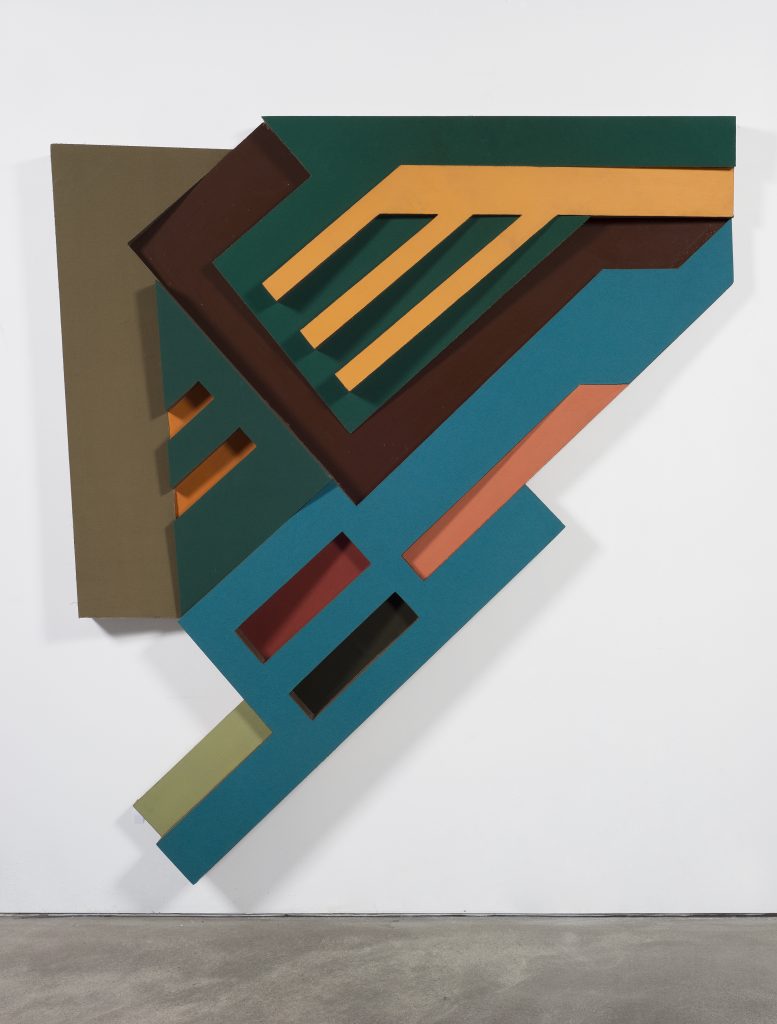
Olkienniki III, 1972
Corrugated cardboard, felt, paint and wood
241.3 x 213.4 cm
95 x 84 inches
© 2016 Frank Stella / Artists Rights Society (ARS), New York
Courtesy the artist and Sprüth Magers.

© 2016 Frank Stella / Artists Rights Society (ARS), New York

© 2016 Frank Stella / Artists Rights Society (ARS), New York.
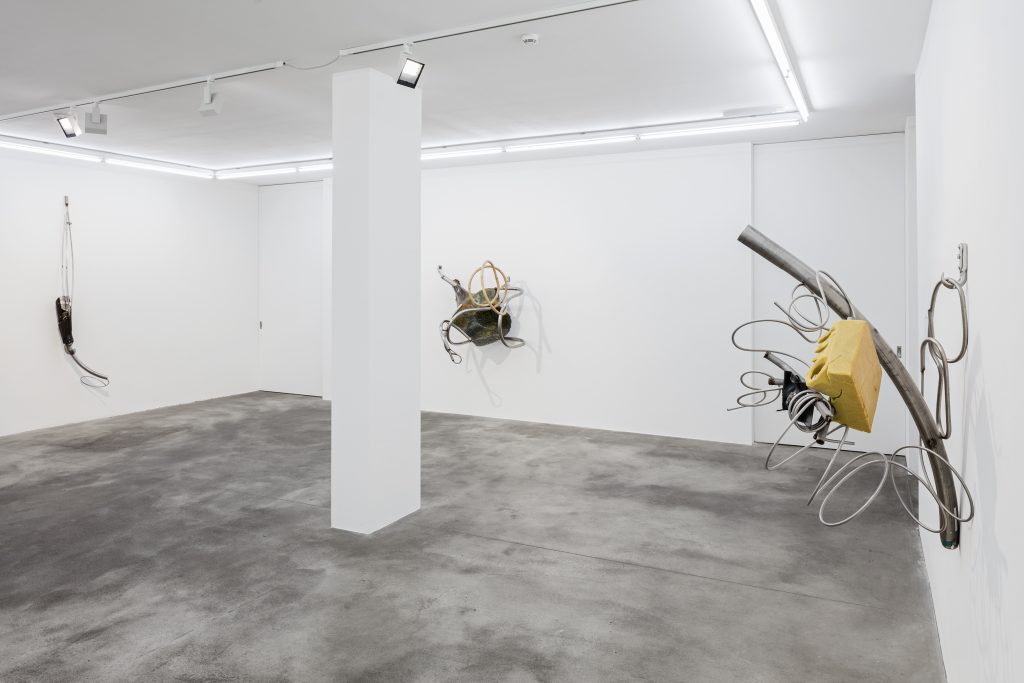
© 2016 Frank Stella / Artists Rights Society (ARS), New York.
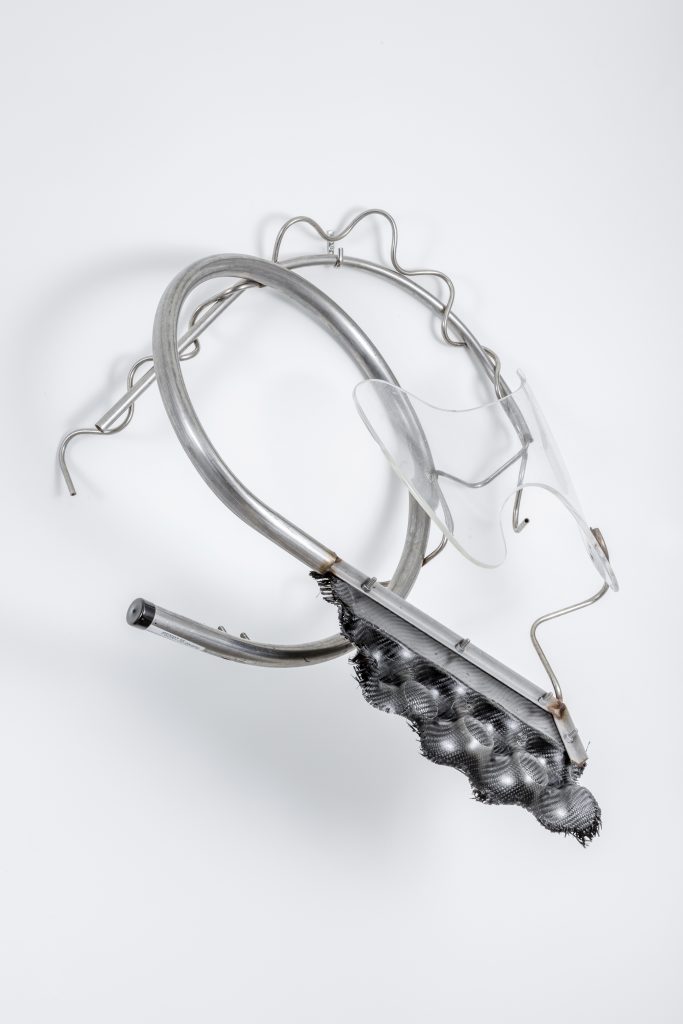
Gisiang, 2007
Stainless steel tubing, plexiglas
94 x 91,4 x 45,7 cm
37 x 36 x 18 inches
© 2016 Frank Stella / Artists Rights Society (ARS), New York
Courtesy the artist and Sprüth Magers
Photo: Joshua White, 2016.
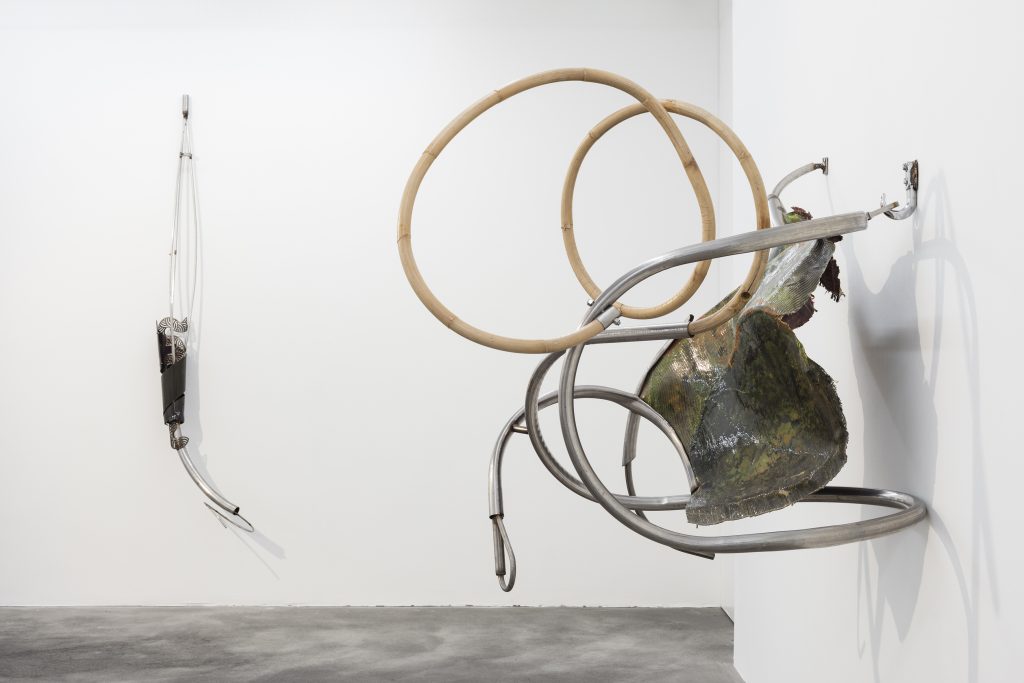
© 2016 Frank Stella / Artists Rights Society (ARS), New York.



